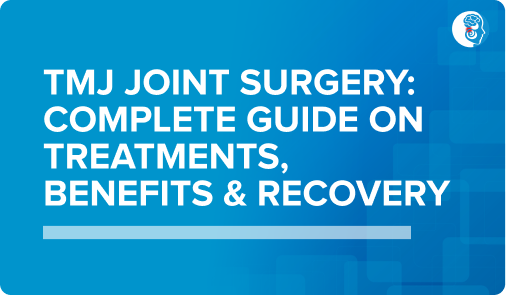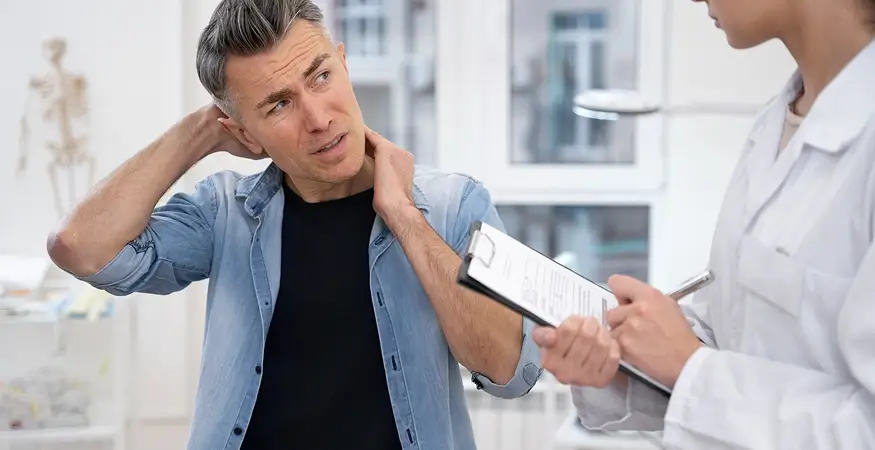
TMJ Joint Surgery: Complete Guide on Treatments, Benefits & Recovery
TMJ disorders can severely affect daily activities such as chewing, speaking, sleeping, and even maintaining proper posture. When jaw movement becomes restricted or pain becomes
Published on
Table of contents
Your bite is more than just how your teeth come together. It also has an effect on the muscles and joints of your jaw. When these pieces are out of balance, you may experience jaw pain, headaches, or muscle tightness. Neuromuscular dentistry fixes this by finding the most natural and comfortable way for your jaw to be.
This approach looks at how your whole jaw system works, not just your teeth. It helps reduce pain, relax the muscles, and improve how your jaw moves every day.

If your jaw often clicks or feels tight, it may be time for a neuromuscular check-up, schedule an appointment to learn more.

Explore gentle, noninvasive ways to ease TMJ pain, talk to our specialists.

| Feature | Traditional dentistry | Neuromuscular dentistry |
|---|---|---|
| Primary focus | Teeth, restorations, alignment | Teeth, muscles, joints and nerves |
| Diagnostics | Static bite records | Functional testing, EMG, jaw tracking | Initial treatments | Restorations, orthodontics | Noninvasive care, splints, physio | Permanent changes | Early in pathway | Verified under relaxed muscle conditions |
Neuromuscular dentistry studies how the teeth, jaw joints, and muscles work together to generate a bite that is even. When this balance is incorrect, it might hurt your jaw, give you headaches, and make you feel bad in other ways. By analyzing how muscles flex and relax, dentists can establish a bite position that lowers strain and improves comfort.
This approach looks at the whole system, not just the teeth, which is different from regular dentistry. Most treatments begin with simple, noninvasive approaches like splints, jaw exercises, and relaxation techniques before any permanent dental alterations are implemented.
If you often experience jaw pain, clicking sounds, or tension headaches, a neuromuscular dental evaluation can help uncover the cause and provide long-term relief.
Take the first step toward a balanced bite and a pain-free smile, book your consultation today with The Right Bite Sleep and TMJ Pain Care.
Contact us
Our other blogs

TMJ Joint Surgery: Complete Guide on Treatments, Benefits & Recovery
TMJ disorders can severely affect daily activities such as chewing, speaking, sleeping, and even maintaining proper posture. When jaw movement becomes restricted or pain becomes

Time Period for Braces and the Fastest Treatment Options
If you are planning to get braces to straighten your teeth, it’s very obvious to have hundreds of doubts in your mind like “How long

Jaw Dislocation that Goes Untreated: Risks and What to Know
A Jaw dislocation occurs when the lower jaw bone (mandible) is displaced out of its position at the temporomandibular joint (TMJ). It can result from
WhatsApp us